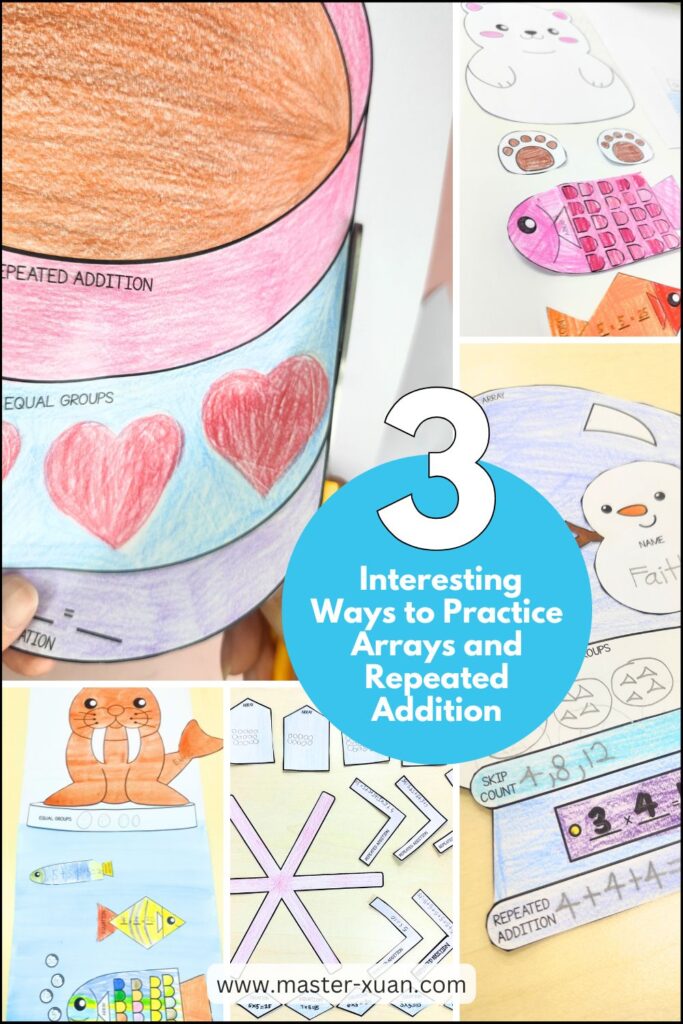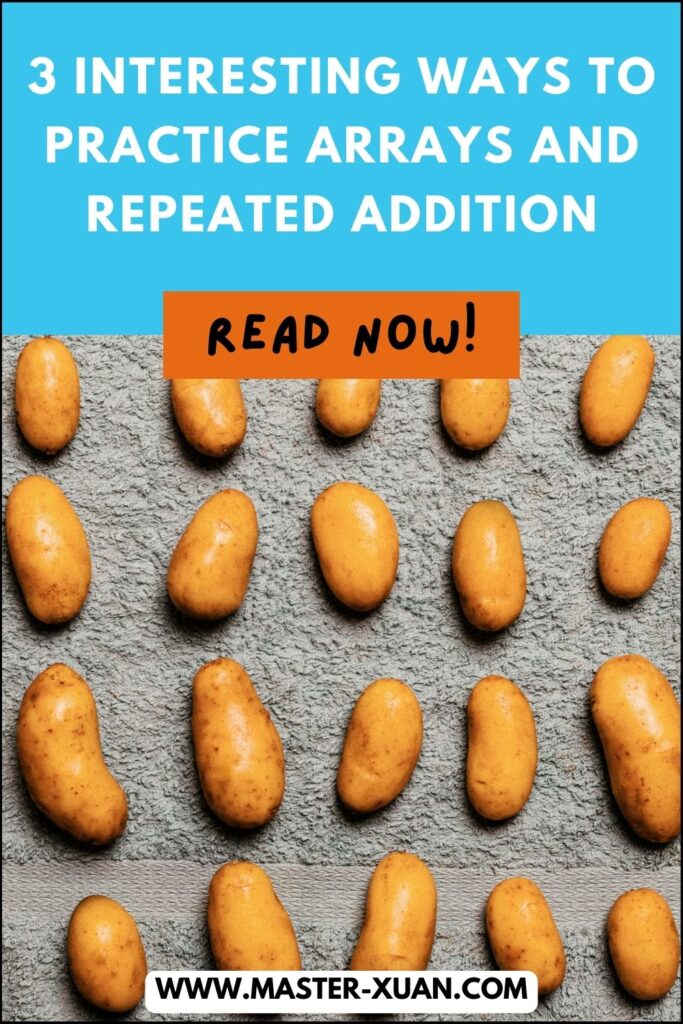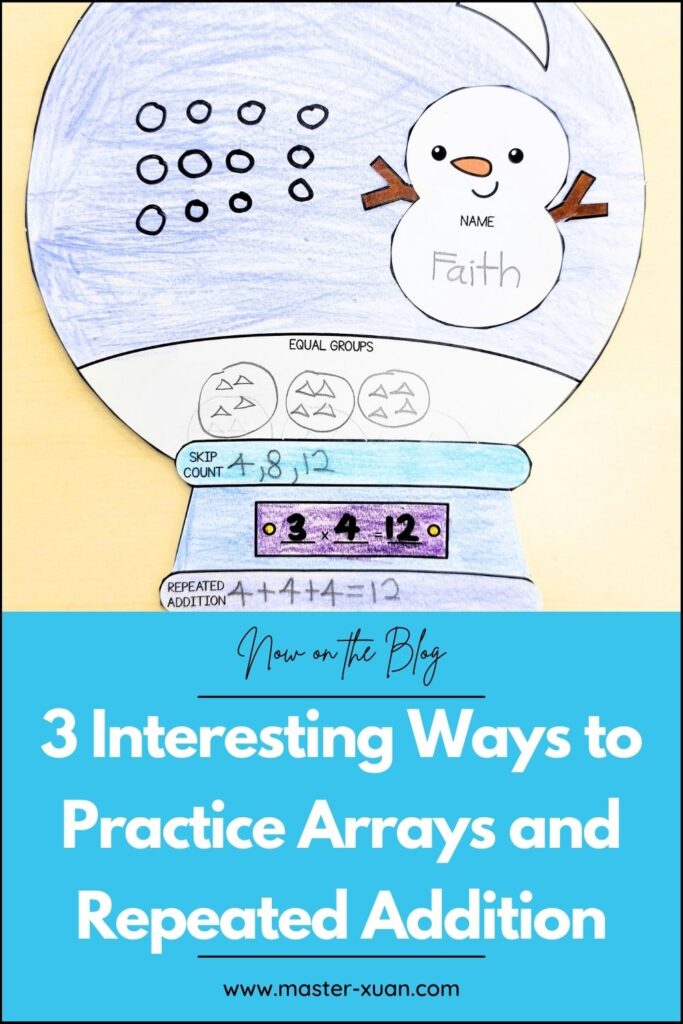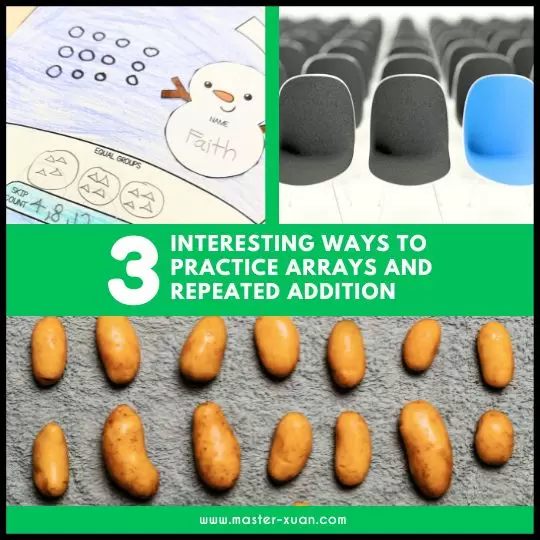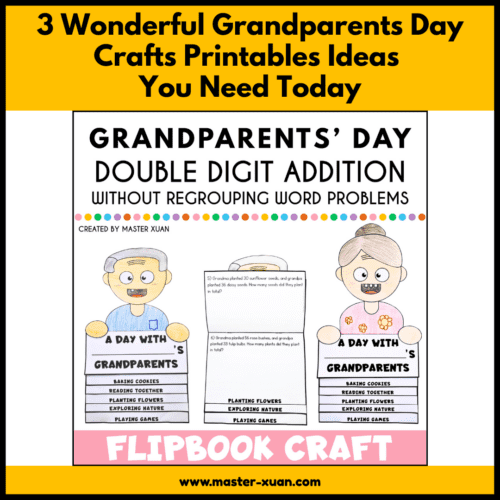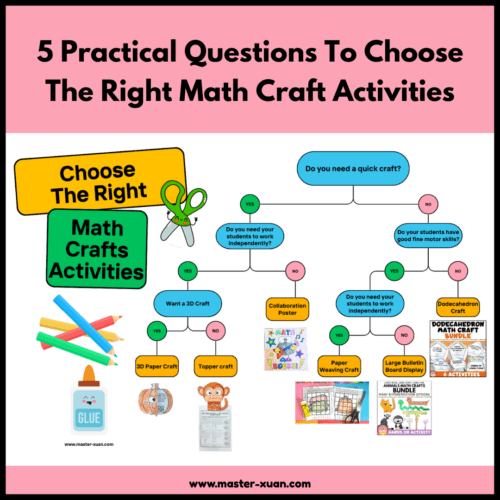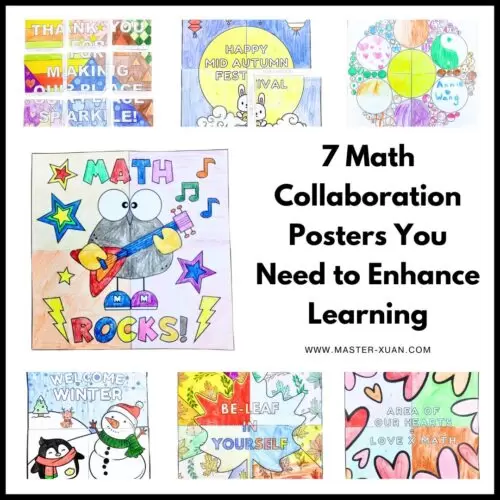Are you looking for interesting ways to introduce or review arrays and repeated addition for your 2nd Grade students?
Keep reading to discover three creative, hands-on activities that will make practicing arrays and repeated addition exciting and enjoyable for your students!
Arrays are an excellent way to teach early multiplication skills, providing students the visual students need for understanding.
By using repeated addition with arrays, students are able to bridge the gap between concrete objects and abstract mathematical concepts.
3 Array-mazing Math Activities
1. Real-World Array Exploration
Start by introducing arrays and repeated addition to your students, explaining how they represent multiplication in a visual way.
To help solidify their understanding, take the concept beyond the textbook and show them how arrays can be found all around us!
Classroom Arrays:
Begin by turning your classroom into a learning lab.
Ask your students to explore the room and find items that can be arranged into arrays.
For example, you could arrange desks in neat rows and columns, or stack books in a grid.
Let students count the rows and columns, and then have them write multiplication equations to match the arrays they see.
This activity allows students to connect abstract concepts to familiar objects, making math more tangible.
Grocery Store Adventure:
Take students on a virtual or real-world tour of a grocery store!
During the tour, point out common items that are displayed in arrays—egg cartons, soda cans on shelves, and even candy bars in boxes.
Challenge students to identify the number of rows and columns and then ask them to calculate the total number of items using repeated addition or multiplication.
This is a great way to show students how math is used in everyday life and helps reinforce the relevance of arrays.
2. Crafts
Turn your math lesson into a fun craft activity!
For example, I created this Arrays And Repeated Addition 2nd Grade – Monster Arrays, Haunted House Crafts to add some festive touch while practicing the math skill.
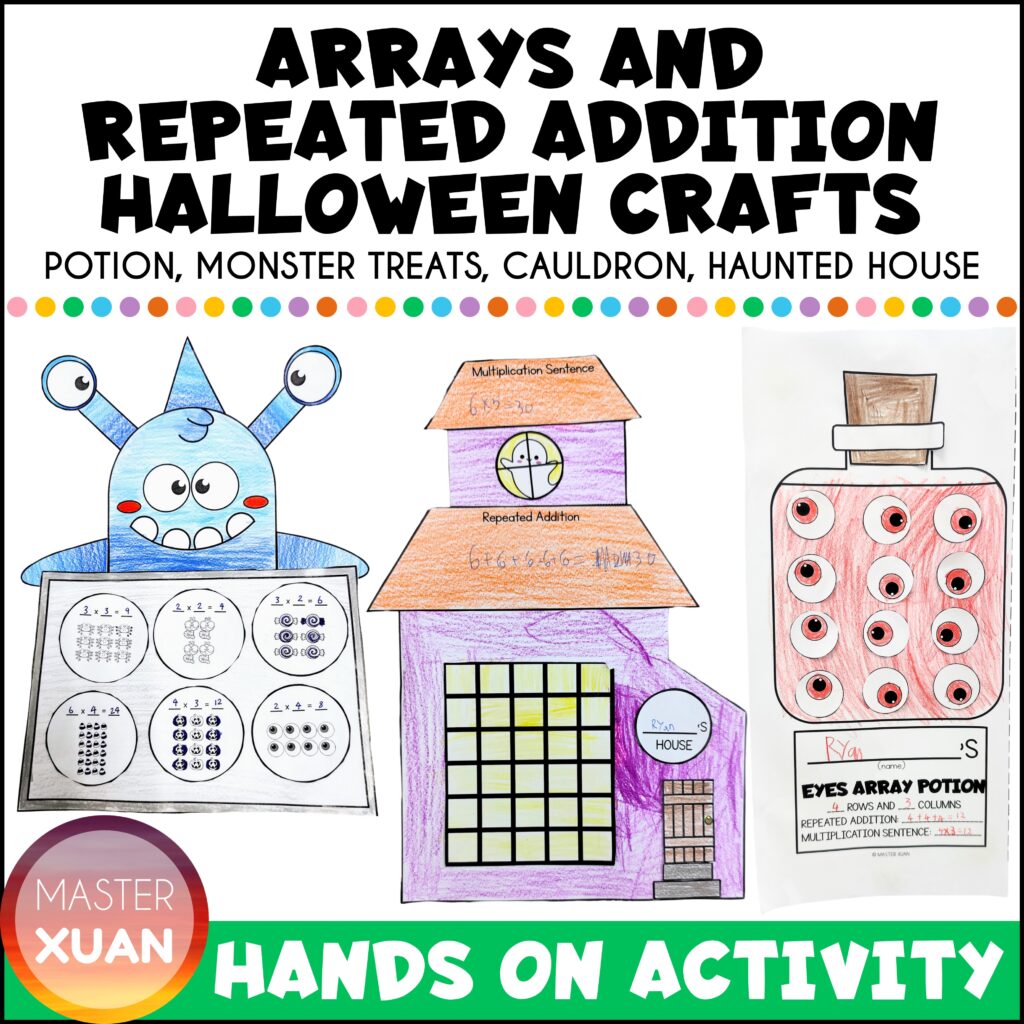
In this math resource, there are 6 math halloween crafts. There are some crafts that just require students to read the arrays and write the equations, and there are others that provide practice for both arrays and repeated addition.
For example, students could place four eyeballs in each row and create 3 rows in the Multi-Eyes Monster Craft.
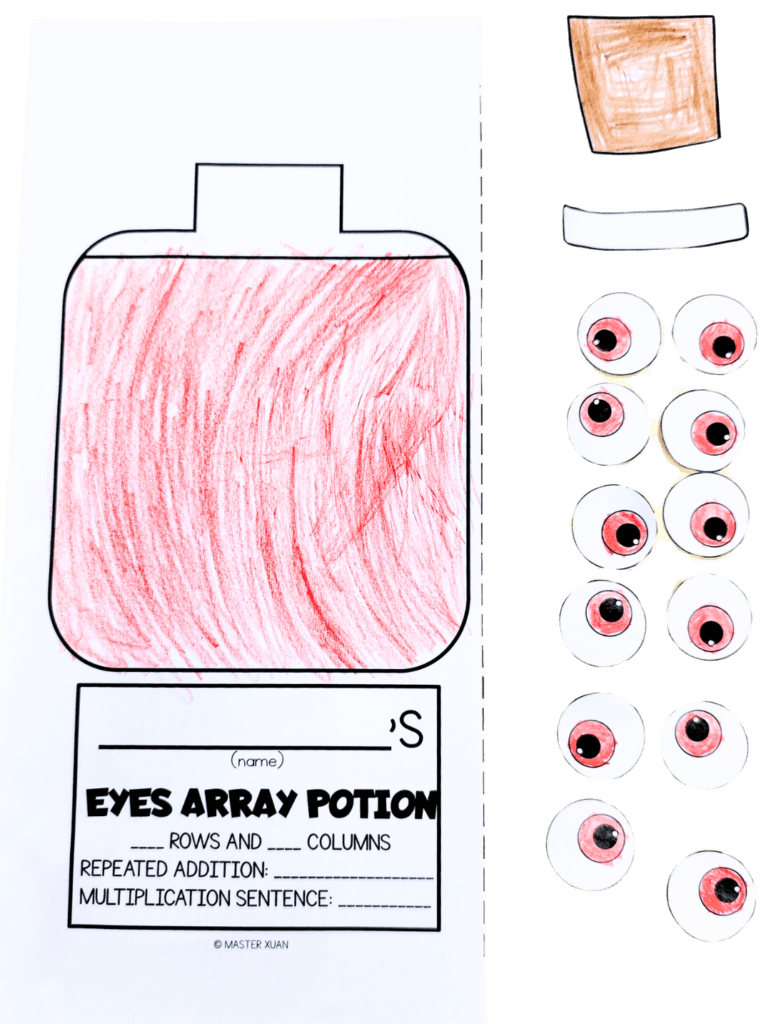
Then write the repeated addition equation (4 + 4 + 4 = 12) and the multiplication equation (3 x 4 = 12).
This creative spin helps students visualize the connection between rows and columns, making arrays both fun and educational.
Here are other arrays crafts:
- Spring Craft Activities, Arrays And Repeated Addition 2nd Grade Bulletin Board
- Valentine’s Day Craft Arrays And Repeated Addition 2nd Grade Math Bulletin Board
- Winter Animals Crafts: Penguin & Arctic – Arrays And Repeated Addition 2nd Grade
- Printable Winter Crafts Snowflake Snowman Arrays And Repeated Addition 2nd Grade
Related Read: 15 Frightening Easy Math Halloween Crafts That You Need (2024)
3. Manipulatives
Manipulatives are an excellent way to make abstract concepts like arrays and repeated addition more concrete for young learners. By physically arranging objects, students can better understand how arrays work and see the relationship between repeated addition and multiplication.
Physical Manipulatives
Using items like counters, blocks, or tiles, students can create arrays on their desks.
For example, they could arrange six blocks into two rows of three, then write the repeated addition sentence (3 + 3 = 6) and multiplication equation (2 x 3 = 6).
This is also a perfect opportunity to teach the commutative property of multiplication—students can rearrange their blocks into three rows of two to show that the product remains the same, no matter the order of the factors.
Virtual Manipulatives
If you have access to computers or tablets, incorporate virtual manipulatives into your lesson.
With virtual tools, students can create and manipulate arrays on a screen, adjusting the number of rows and columns with ease.
Virtual manipulatives can help bridge the gap between the physical objects and the abstract concept of multiplication, offering a tech-savvy way to engage your students in array-building activities.
Final Thoughts
These activities are a great way to make arrays and repeated addition meaningful and fun for your students.
By using real-world examples, hands-on crafts, and interactive manipulatives, your students will not only grasp these important math concepts but also enjoy learning them!
Related Read: 5 Multi Digit Multiplication Strategies That Empower Students To Excel
Here are some pins that you can save to bookmark this post. Save them to your Pinterest Board now! ↓
